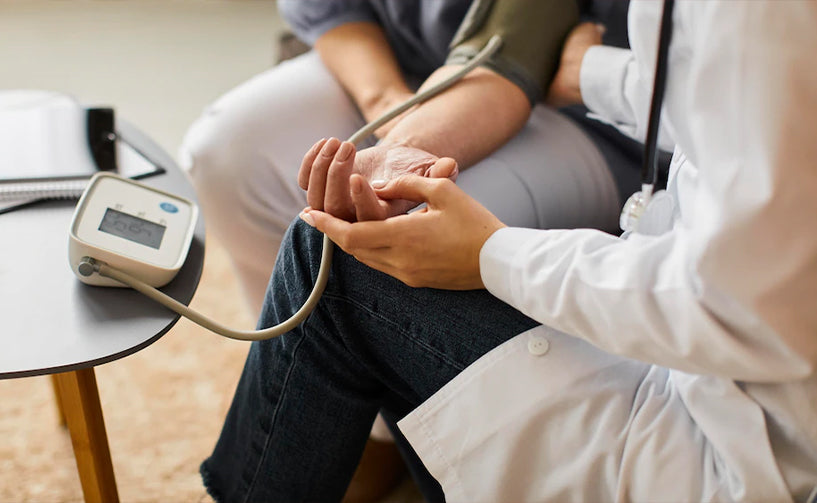When blood circulates in our body, it exerts some pressure on the blood vessel’s wall, especially on the larger arteries which is known as blood pressure. It is measured as mmHg (millimetres of mercury) as systolic and diastolic. Systolic pressure is when the heart pushes the blood and diastolic pressure is when the heart relaxes. Normal blood pressure in adults is 120/80 mmHg, in which upper reading is called as systolic and lower reading is called as diastolic. If the blood pressure is above then 120/80 mmHg it is referred to as high blood pressure or hypertension and if the blood pressure is below 120/80 mmHg it is known as a low blood pressure or hypotension.
High blood pressure may lead to various heart diseases, kidney failure and stroke. Sphygmomanometer is a traditional and non-invasive method to measure the blood pressure; it is also more accurate compared to semi-automated methods which have become more common.
The causes of high blood pressure can be many such as: genetics and family history, lifestyle and eating pattern, less physical activity, excess weight, smoking, alcohol consumption and some allopathic medications.
Signs and Symptoms of high blood pressure are as follows:
1. Shortness of breath
2. Headaches
3. Dizziness
4. Chest pain
5. Blurry vision
6. Nausea
Do’s:
- Eat more fruits and vegetables
- Try to maintain a normal body weight and lose weight if required
- Do some physical activity to remain active
- Monitor your blood pressure
Don’ts:
- Say no to alcohol and cigarettes
- Don’t put yourself in stressful situations
- Avoid consuming junk and processed foods
- Do not consume too much salt






